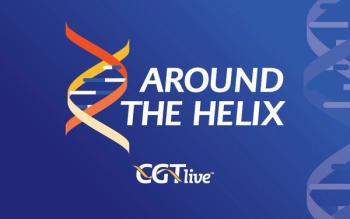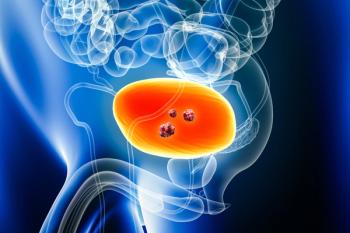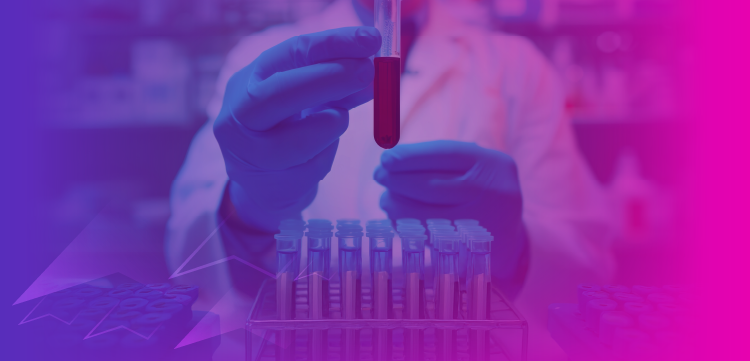
AAV Capsids That Evade Neutralizing Antibodies
Damien Maura, PhD, a senior scientist at Voyager, discussed the company’s work on developing AAV capsids capable of overcoming patients’ preexisting immunity.
One of the major limitations of adeno-associated virus (AAV) vector-based gene therapy is that some patients have preexisting immunity to the AAV vector being used, making them unable to receive the treatment. With the intent of addressing this limitation, Voyager Therapeutics is working on engineering novel capsids that are able to evade the body’s immune response.
At
CGTLive: Can you give some background context about your presentation at ASGCT this year?
Damien Maura, PhD: The general idea is, in the field of AAV gene therapy, there is between 30% and 65% of patients that cannot receive an AAV gene therapy treatment due to the presence of neutralizing antibodies. The goal of our work was to try and find a solution for that problem. We developed a technology called TRACER at Voyager a few years back that's really efficient for capsid engineering, and we decided to leverage that technology and apply it to the antibody evasion problem in order to remove antibody epitopes at the surface of the AAV capsid in order to deimmunize the central nervous system (CNS) capsid that we had previously discovered using that technology at Voyager. The ultimate goal is really to try and be able to dose more patients with an AAV gene therapy product that would be containing a capsid deimmunized from the immune system.
Can you give an overview of the key results?
I think really the main point of the presentation is that we identified a capsid called VCAP-Gen2-A1, which is a third generation tracer capsid that retains the CNS transduction properties of its parent capsid, VCAP-Gen2, but that also has mutations that allow it to evade the immune system. What we found is that this capsid was able to retain the cellular tropism and the brain transduction properties of the parent capsid, both in monkeys and in mice, but it was also able to transduce the brain of monkeys that had neutralizing antibodies. We also found that there was a reduced seroprevalence for antibodies that bind those capsids in a series of human serum that we studied, which overall means that we could potentially dose 40% more patients than what we could be able to do with the parent capsid.
We also leveraged machine learning in order to identify additional mutations at the surface of the capsid. That seemed to be able to allow us to find capsids with both increased brain transduction and antibody evasion properties.
How would you summarize the big picture implications that you would want doctors and the broader healthcare community to take away from this?
I think really the big picture is the ability to potentially dose more patients. With the capsid we currently have, it seems like we could be able to dose 40% more patients, and with additional mutations that we would be able to introduce into that capsid in the future, we might be able to expand that number a little bit higher.
I think the field of capsid engineering in general is moving towards that direction of identifying capsids that are able to potentially dose more patients. There is some interesting work from the Deverman Lab at the Broad Institute working on that, as well as some work from the University of Florida in the Mckenna Lab. I think all those approaches together might allow us in the field in general to be able to expand the number of patients that we could dose with AAV gene therapies.
Are there any challenges related to this work, or future plans, that you can discuss?
The major challenge is really a question. It's a question that's true for the whole capsid engineering field in general: whether those capsids are going to work in humans? They work fairly well in monkeys as well as in other animal models, but we cannot know if they are going to work in humans until we reach the clinical trial stage. We can derisk that by using capsids that bind to a receptor that's also present in humans, but really, until we get to the clinic, we can't really know.
In terms of future directions, I think for the research we're doing, we are trying to further improve those capsids by mutating additional epitopes at the surface of the capsids. Hopefully we will be able to expand the range of patients that we can dose with those AAV gene therapies.
This transcript has been edited for clarity.
Newsletter
Stay at the forefront of cutting-edge science with CGT—your direct line to expert insights, breakthrough data, and real-time coverage of the latest advancements in cell and gene therapy.











































